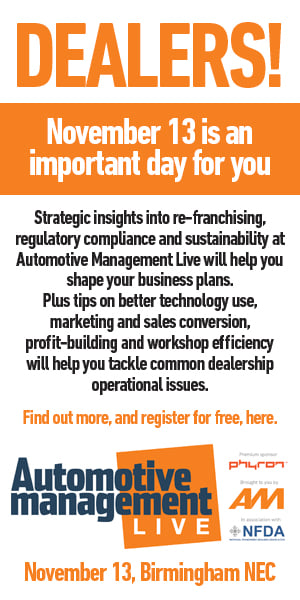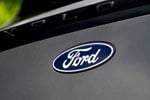Implementing the agency model in the UK automotive market requires a carefully planned and strategic approach to overcome significant challenges, according to Steve Young, managing director at ICDP, in the latest Insight Quarterly report from Cox Automotive.
Young highlights several obstacles hindering the successful adoption of the agency model, including incomplete processes, IT systems that don't function as intended, in addition to ambiguity about the true nature of the model.
 "There is no such thing as a non-genuine agency," Young states, adding that supply and pricing represent the primary hurdles manufacturers face.
"There is no such thing as a non-genuine agency," Young states, adding that supply and pricing represent the primary hurdles manufacturers face.
"Pricing is the key lever for balancing supply and demand," Young explains.
Under the traditional franchise model, manufacturers sell vehicles to dealers at set wholesale prices. Dealers then manage their margins and apply OEM support to secure sales.
"While this approach has inefficiencies, it also brings certain advantages," Young adds. In contrast, the agency model sees the OEM acting as the direct seller, setting prices and removing commercial risk from the retailer.
Young notes that maintaining some level of pricing flexibility is crucial to the agency model's success.
"In theory, a central dynamic pricing tool should replace dealer negotiations, but in the short term, some flexibility is needed. A hybrid model, where OEMs make broader price adjustments to reflect market conditions and dealers still apply final discounts, may be the key to closing deals."
Several major automotive brands, including Stellantis, Volkswagen Group, BMW, Genesis, Honda, and Mercedes-Benz, have already announced plans to transition to an agency model.
Meanwhile, others like Hyundai, Kia, Nissan, and Renault remain committed to the traditional franchise model.
Notably, brands such as JLR, Lotus, and Ford have experimented with the agency model but have since reverted to more traditional approaches.
Philip Nothard, insight director at Cox Automotive, comments: "The agency model's arrival in the UK has been anticipated for several years, but it has been met with challenges from dealers, and some manufacturers have reconsidered their approach.
Nothard concludes: "The market is evolving rapidly. By 2030, the vehicle mix will look vastly different from today. With consumer spending under pressure and demand for a seamless buying journey on the rise, the agency model must evolve to meet these needs.
“Flexibility is key, allowing OEMs and dealers to adapt and, if needed, retain alternative models. This will lead to greater efficiency and improved experiences for all stakeholders."
He also points out the broader shifts in the industry: "The current market shows notable trends and challenges, from vehicle production model changes to evolving dealer structures and economic pressures. Valuation discrepancies, particularly with high-end models, are becoming a focal point. As we move forward, monitoring how these structural changes, along with stable interest rates, impact consumer confidence will be critical to the industry’s growth."
















Login to comment
Comments
No comments have been made yet.